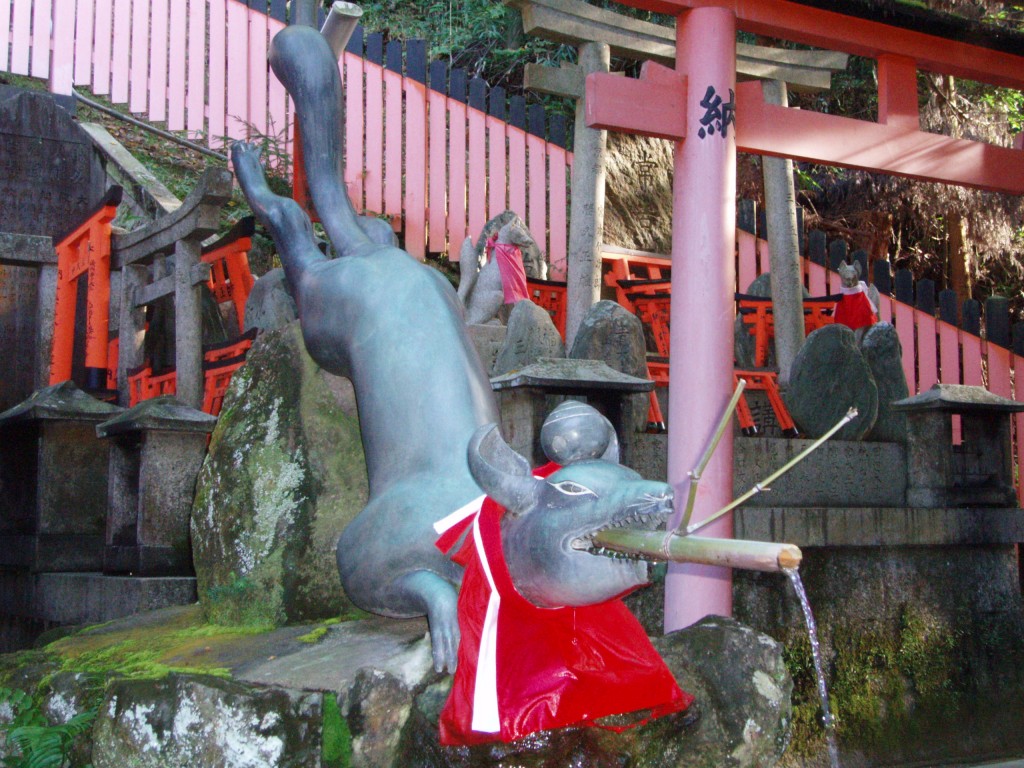From the Musings of an Ujiko site, I learnt that like the recently featured Brooklyn Garden Inari Shrine, there is an Inari Shrine in the Waipahu Cultural Garden in Hawaii. It adds to the list of Shinto structures … Read the rest
From the Musings of an Ujiko site, I learnt that like the recently featured Brooklyn Garden Inari Shrine, there is an Inari Shrine in the Waipahu Cultural Garden in Hawaii. It adds to the list of Shinto structures … Read the rest
New York’s Brooklyn is famous for its ethnic diversity, and it brings to mind many images from popular American movies. One thing you wouldn’t associate it with is a Shinto connection! Yet in its Botanic Garden is an Inari … Read the rest
Green Shinto is delighted to carry this interview with a Pagan-Shinto believer, Matt Jones, who is a fantasy artist and a follower of Inari. It illustrates the attractions of Inari worship for Western Pagan followers.
*********************************************************************
Shinto is often associated with Japan’s rice culture, and its origins are linked with the introduction of wet rice production from the continent. In this respect research into how, when and where rice cultivation reached Japan is of interest for … Read the rest
May. Sunshine. Fertility. Inari…..
What a blessing at this time of year to live in Kyoto and be able to walk up the sacred mount at Fushimi. I’ve never seen the shrine so radiant, for it stands freshly restored … Read the rest
In a recent article in the Daily Yomiuri, naturalist and anthropologist Kevin Short has written of the role of the fox in Japanese folklore. For Shinto, the fox looms large in the cult of Inari, and in The Fox … Read the rest

‘The Fox and the Jewel’ by Karen A. Smyers US: Univ. of Hawaii, 1999 271 pages, medium size. ISBN 0-8248-2102-5
The book is subtitled ‘shared and private meanings in contemporary Japanese Inari worship’, though in a sense the book is … Read the rest
© 2024 Green Shinto
Theme by Anders Norén — Up ↑